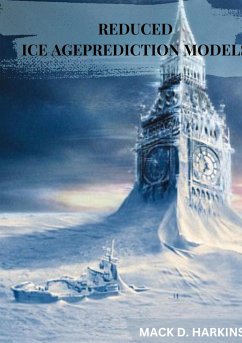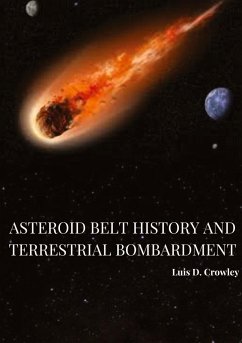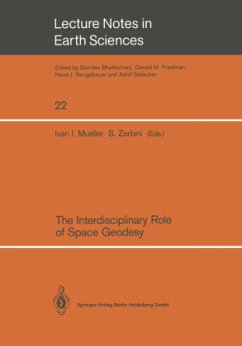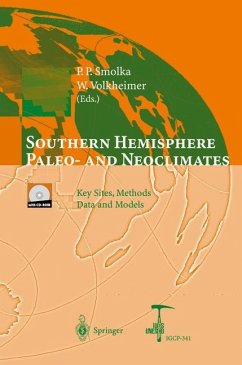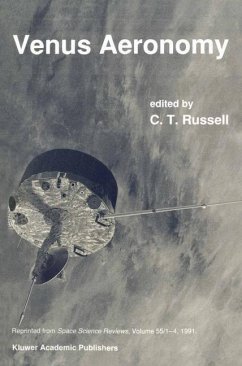
Stars: Universe's Chemical Factories
Versandkostenfrei!
Versandfertig in 6-10 Tagen
26,89 €
inkl. MwSt.

PAYBACK Punkte
0 °P sammeln!
Stars: Universe's Chemical Factories For countless generations, humans have gazed upon the stars in awe, captivated by their celestial dance across the night sky. But beyond their mesmerizing beauty lies a hidden truth: stars are the universe's grand chemical factories, churning out the very building blocks of existence. Unlike the primordial hydrogen and helium forged in the Big Bang, all the heavier elements that make up our world, from the oxygen we breathe to the silicon in our devices, owe their creation to the fiery hearts of these celestial giants.Understanding how stars cook up these e...
Stars: Universe's Chemical Factories For countless generations, humans have gazed upon the stars in awe, captivated by their celestial dance across the night sky. But beyond their mesmerizing beauty lies a hidden truth: stars are the universe's grand chemical factories, churning out the very building blocks of existence. Unlike the primordial hydrogen and helium forged in the Big Bang, all the heavier elements that make up our world, from the oxygen we breathe to the silicon in our devices, owe their creation to the fiery hearts of these celestial giants.Understanding how stars cook up these elements is a captivating scientific quest, one that unveils the intricate interplay between gravity, nuclear fusion, and stellar explosions. Inside a star's core, a realm of unimaginable pressure and temperature reigns supreme. Here, hydrogen atoms engage in a celestial ballet called nuclear fusion, a process that fuses them into helium and releases tremendous energy, fueling the star's light and heat. But this nuclear dance has limitations - it can only create elements up to iron on the periodic table.So, how do elements heavier than iron, the elements that make up most of the visible universe and are crucial for life, come into existence? The answer lies in two dramatic stellar events: supernovae and the collision of neutron stars.






